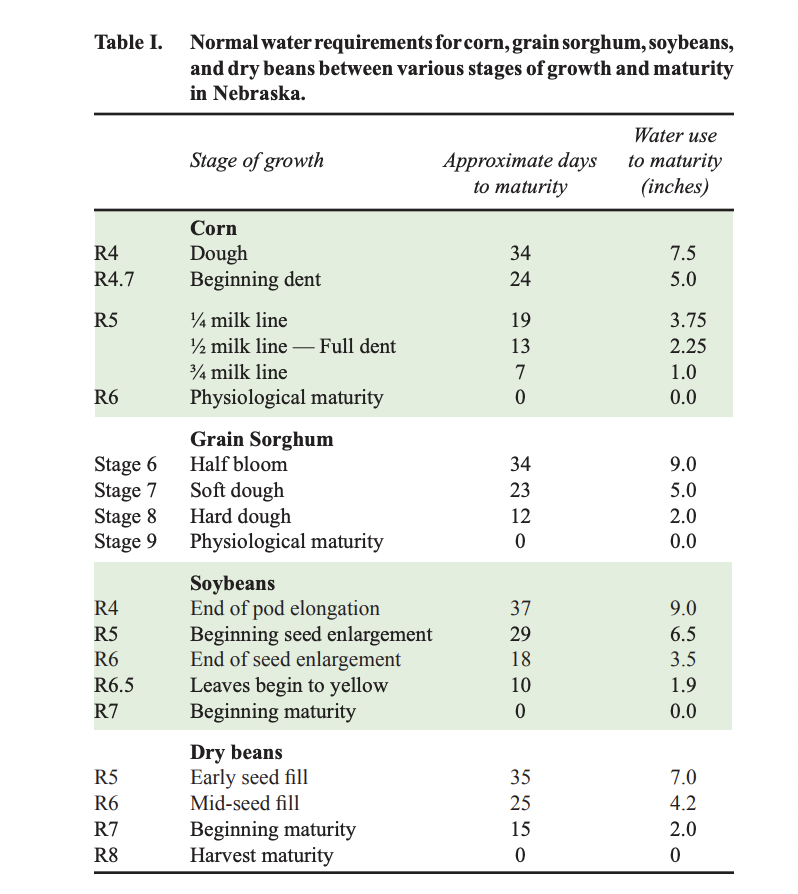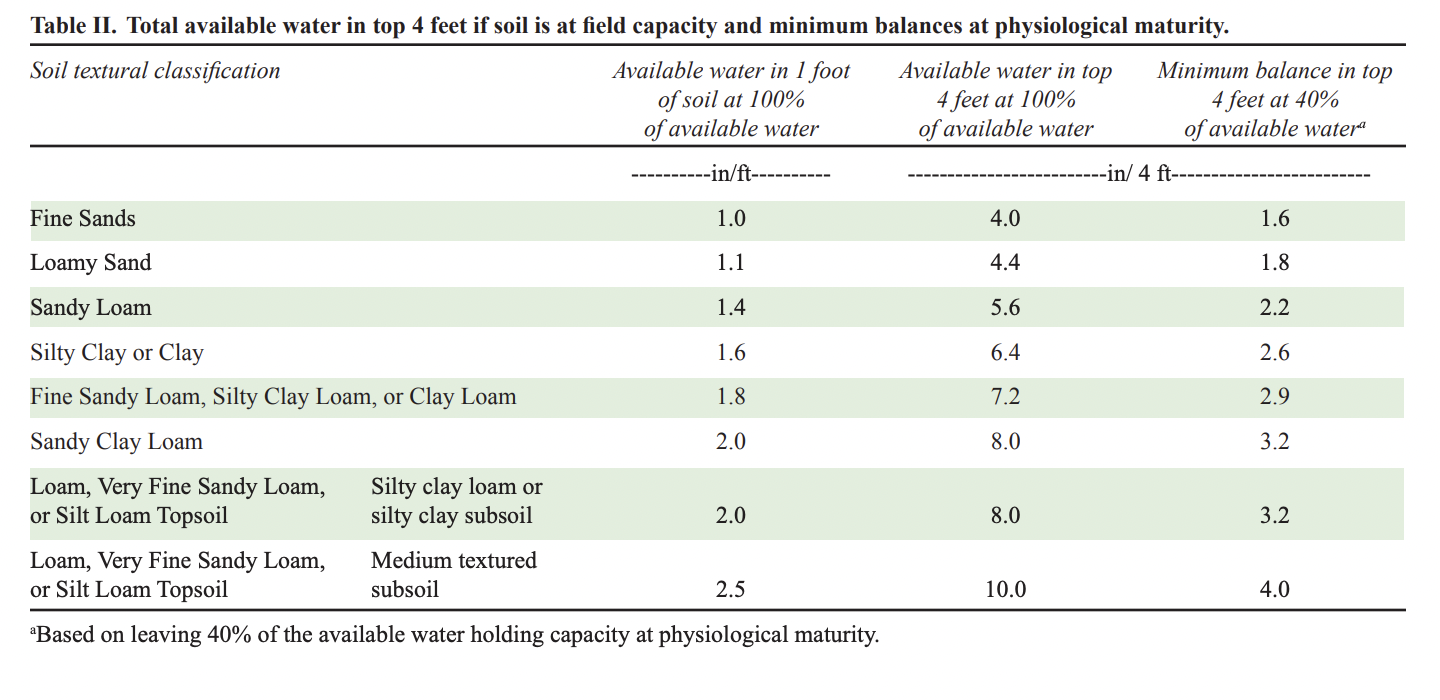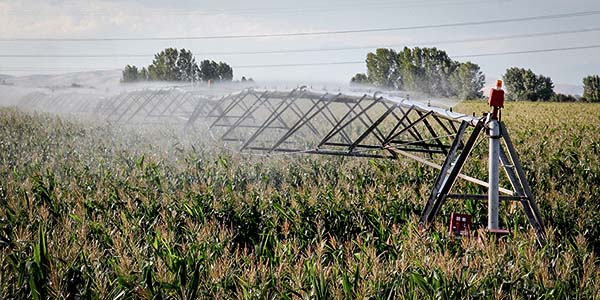AGRONOMICSUPPORT
YOU CAN TAKETO THE FIELD
When to Water and When to Stop: Predicting Final Irrigation
Each growing season, as you get closer and closer to harvest, you’ve got a decision to make.
To water or not to water: that is the question.
It’s tempting. You’ve got an irrigation system for a reason. The crops are so close to harvest, and you want them to finish strong… but is powering up that center pivot really necessary?
Maybe not.
Benefits of Shutting Down Irrigation
Sometimes, irrigating one more time really isn’t necessary. According to the University of Nebraska-Lincoln (UNL), “extra irrigation may mean wasting one to three inches of water and two to five gallons of diesel fuel per acre.”
Translation: More water and more fuel = more money toward inputs and less in your pocket.
On top of saving money, there are other benefits to skipping that last watering:
- Drier soils resist soil compaction caused by heavy harvest equipment.
- If rains come during harvest, soil that started drier will soak up water faster—meaning you’re out harvesting earlier.
- As soil dries and cracks, compaction often breaks up.
- Perhaps most importantly, drier soil has more room to hold off-season precipitation.
Still, you have to play it smart. Cutting off the water supply too early can negatively impact your yield. So how do you decide what to do? The extension team at UNL says to consider the predicted crop maturity date, crop water use, remaining available water in the soil and predicted rainfall before maturity.
Predicted Crop Maturity Date and Crop Water Use
Growing season recordkeeping and a few agronomic tips will help you identify your crop’s growth stage. Predicted water use is a little trickier, but thankfully, the experts have us covered. Table 1 from UNL gives examples of growth stage characteristics, days to maturity and predicted water use for the remainder of a crop’s growing season.

For example, if your corn kernels show a ¾ milk line, your corn is about seven days from maturity and will need about another inch of water over the next week.
Remaining Available Water and Predicted Rainfall
The amount of water a soil can hold largely depends on soil type and texture. Sandy soils hold less water, while loams (a mix of sand, silt and clay) typically have the greatest water-holding capacity.
Table 2 from UNL shows how much water you can expect from your soil based on the soil textures in your field.

While you’re reviewing these numbers, keep this in mind: according to research, available water in the top four feet can be as low as 40 percent of field capacity without reducing final yields.
That might make you nervous, but the research is on your side.
Speaking of available water, when deciding whether or not to turn on the irrigation, you should, of course, consider expected rainfall until maturity. You can’t always count on Mother Nature (or the weather segment of the local news). But having a general idea of the extended forecast could be valuable information.
Final Decisions
When making the decision on when to stop irrigating, utilize this information and tables from the University of Nebraska-Lincoln. If you want more assistance, reach out to your LG Seeds agronomist: your reliable partner is standing by, ready to help.






Agronomy Team